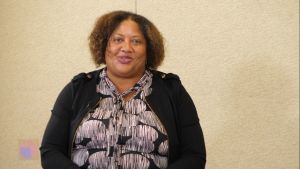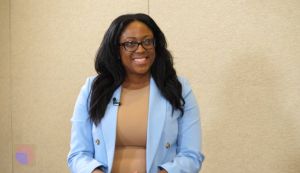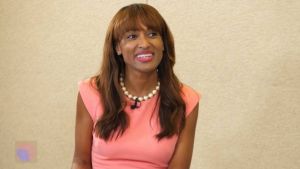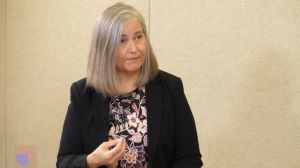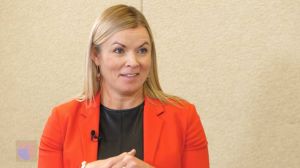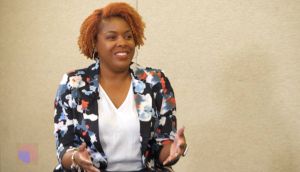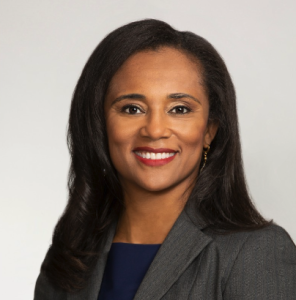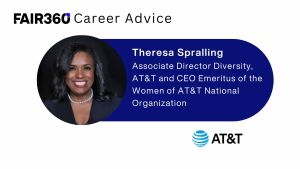By Kaitlyn D’Onofrio

In honor of Black Women’s Equal Pay Day on July 31, tennis superstar Serena Williams penned an essay emphasizing the struggles minority women still experience in the workplace and what has to be done to change it.
The American Association of University Women (AAUW) calls July 31 Black Women’s Equal Pay Day. Black women make, on average, 63 cents to the non-Hispanic white male’s dollar. Therefore, July 31 is the day that Black women’s earnings “catch up” to those of white males.
Williams, who is ranked No. 1 by the Women’s Tennis Association and has won 23 Grand Slam single titles, is also a vocal advocate for issues of racism and sexism. Her essay, “How Black Women Can Close the Pay Gap,” published in Fortune, recognizes “the many realities black women face every day.”
“I am in the rare position to be financially successful beyond my imagination,” Williams wrote. “I had talent, I worked like crazy and I was lucky enough to break through. But today isn’t about me. It’s about the other 24 million black women in America. If I never picked up a tennis racket, I would be one of them; that is never lost on me.”
For most Black women who are not in Williams’ position, training and hard work are not enough. According to AAUW, the wage gap persists regardless of education level; therefore, higher educational attainment “is not an effective tool against the gender pay gap.”
“At every level of academic achievement, women’s median earnings are less than men’s median earnings,” according to AAUW’s report “The Simple Truth About the Gender Pay Gap.” “In some cases, the gender pay gap is larger at higher levels of education.”
However, even someone with as many successes and accomplishments as Williams faces discrimination. This year Williams’ skills were questioned by a former tennis great who suggested her qualifications would not measure up in the men’s circuit. Another former tennis great made racist comments about Williams and her unborn child.
“The cycles of poverty, discrimination, and sexism are much, much harder to break than the record for Grand Slam titles,” Williams wrote. “For every black woman that rises through the ranks to a position of power, there are too many others who are still struggling. Most black women across our country do not have the same support that I did, and so they often don’t speak out about what is just, fair and appropriate in the workplace. When they do, they are often punished for it.”
Williams shared that she recently joined the board of directors for SurveyMonkey and partnered with the company to learn a little bit more about the gender pay gap and how it impacts Black women in particular.
Some of the findings include:
• Racial and gender disparities exist when it comes to recognizing the gender pay gap. Nearly 70 percent of Black women acknowledge that it exists, compared to just 44 percent of white men.
• Almost two-thirds of Black women recognize “major obstacles” for women in the workplace. And about three-quarters of Black women say minorities also face challenges of their own.
• Millennial Black women exhibit some optimism, as 43 percent reported that men and women both have the same opportunities for promotion.
For those who do not recognize the gender pay gap despite the evidence, Williams says, “Data doesn’t lie.”
“It just gives a number to the gap women feel every day,” she added.
“Black women: Be fearless,” Williams urged. “Speak out for equal pay. Every time you do, you’re making it a little easier for a woman behind you. Most of all, know that you’re worth it. It can take a long time to realize that. It took me a long time to realize it. But we are all worth it. I’ve long said, ‘You have to believe in yourself when no one else does.’”
A previous report from the AAUW states that closing the gender pay gap will take concerted effort.
“The good news is that the gap has narrowed considerably in the last hundred years,” according to the report. “The bad news is that the gap is still sizable, it’s even worse for women of color, and it doesn’t seem likely to go away on its own.”




